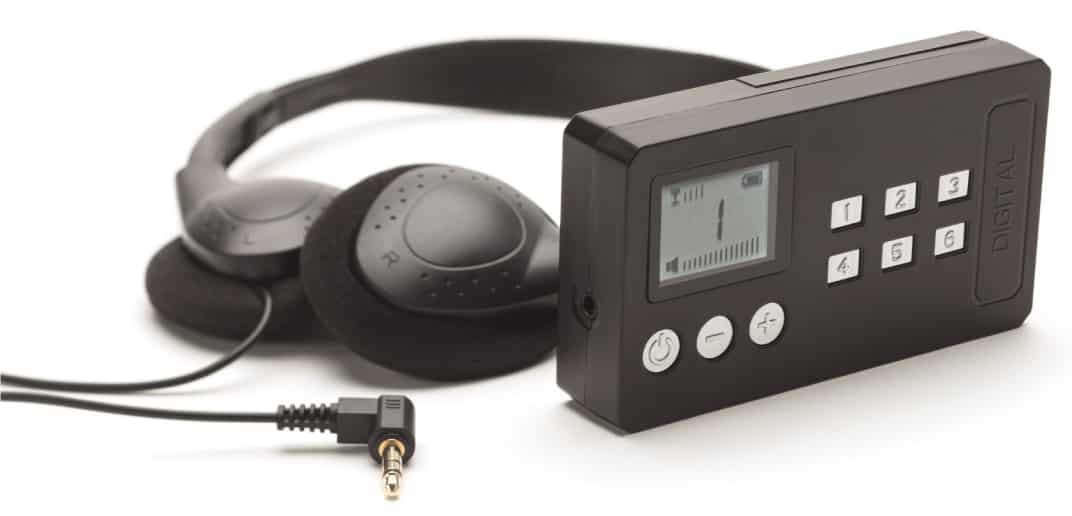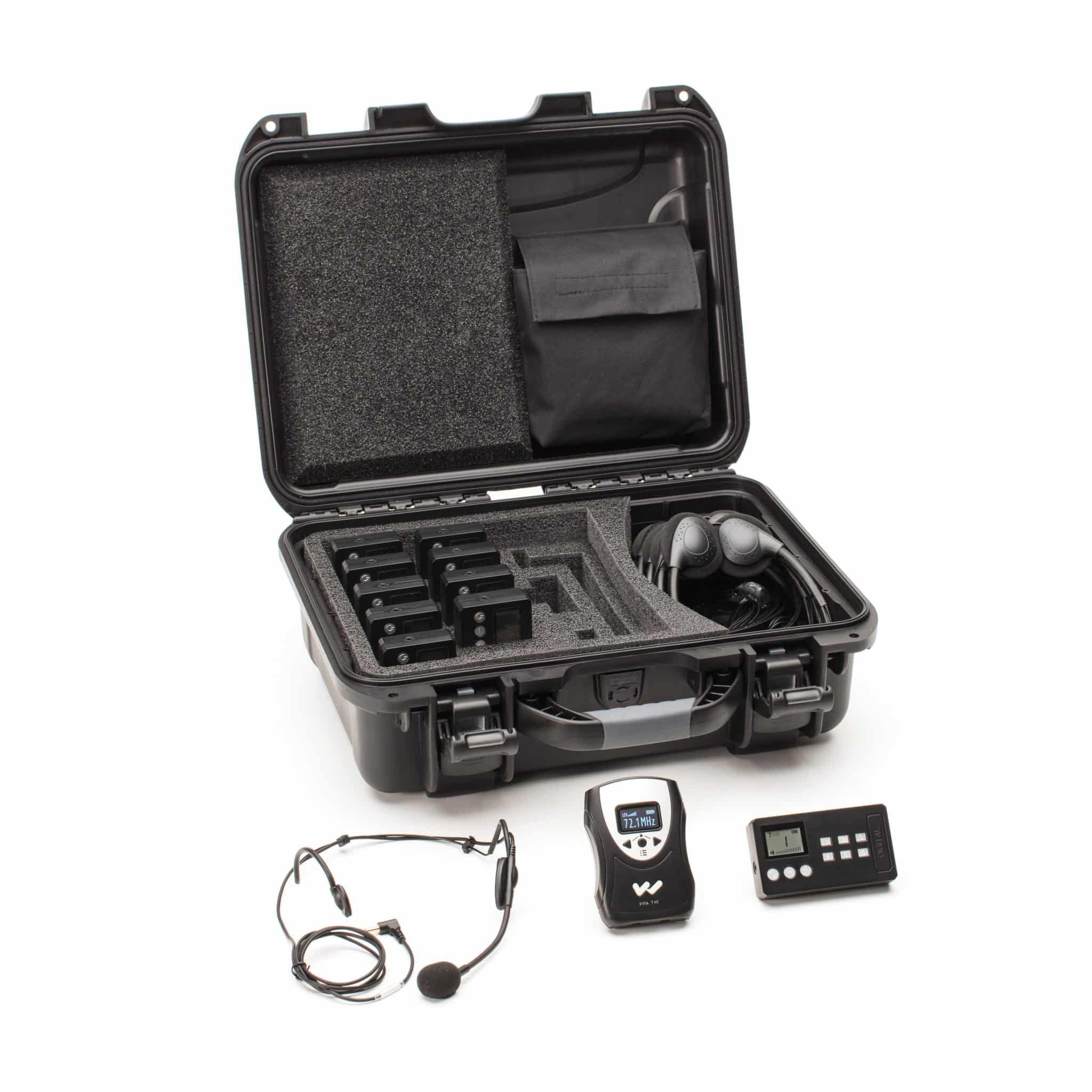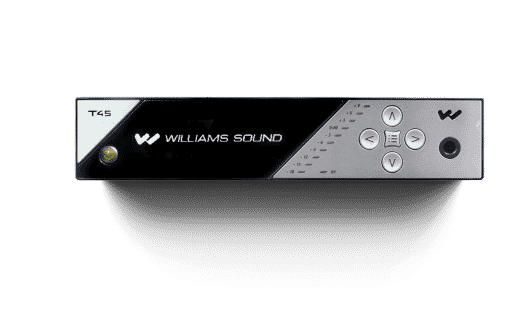Simultaneous interpretation equipment in Laval


Translation and Interpretation Systems and equipment in Laval

This article is an explanation of the simultaneous interpretation equipment available to end users in Laval.
What is simultaneous interpretation?
Simultaneous interpretation is primarily an oral process that involves translating a speech in real-time. Although there may be a slight time lag, interpreters must listen to the speaker and translate simultaneously. Typically, a team of two or three interpreters works together to ensure accuracy and to provide support when needed. These interpreters often alternate roles every half-hour or so. Simultaneous interpretation is commonly used for conferences, conventions, meetings, and other similar events.
Simultaneous interpretation equipment today
Simultaneous interpretation is the most commonly used method for conferences today. As a result, there are specialized manufacturers of simultaneous interpreting equipment. It is important to note that not all markets can provide reliable and efficient equipment.
To obtain high-quality equipment, it is advisable to consult companies with extensive knowledge and experience in this field. Audiovisual businesses may not be able to deliver the best equipment. It is also possible to rent equipment from the same firm to avoid potential issues and ensure a smooth interpretation process.

What configurations of simultaneous interpretation equipment are there?
There are three configurations for simultaneous interpretation:
Permanent installations
This can be seen in large conferences, such as United Nations conferences. This system is already installed in the conference room and is permanently integrated. There are small, soundproof booths with windows. The interpreters work in these booths and they also provide a lot of comfort. They are very practical, but on the other hand, the problem lies in their mobility.
Portable/mobile configuration
The portable or mobile configuration differs from the permanent configuration in that it is not immutable. In the conference room, there is no fixed setup: booths must be set up before the event. Portable interpreter kits are very practical because of this mobility, but the managers have to fix them first. The booths must also meet certain criteria to ensure that the work runs smoothly.
It is essential that there is space for two interpreters per language. In other situations, such as large conferences, the booth may have three interpreters per language. Note that gatherings of this size often involve more than two interpreters. As with the permanent booths, the portable booths are equipped with fans and lighting equipment.
Whispering Equipment
Whispering equipment is mobile, consisting of a wireless receiver that is also portable. In the set, there is also a wireless transmitter: the interpreters can move around. In fact, they can move around a lot thanks to the mobility of the equipment, but this design is not very practical in a standard conference.

What equipment is inside the simultaneous interpretation booth?
Simultaneous Interpreting Console
If there is no booth available, interpreters may have to use a tour guide case. This is a set of simultaneous equipment system receivers that interpreters use. It is an interpreting console: it has headsets for the listeners and a microphone for the interpreter. The interpreter will be in the same room as the listeners, so there must be many headsets and microphones. Both the headphones and the microphones must be well adjusted in order to switch from one language to another.
The interpreter’s headset
First of all, it is necessary that each interpreter has his or her own headset to avoid any confusion. Only the sound technician can provide them with this device after it has been checked. The most efficient headsets are produced by companies specialized in simultaneous interpretation. For some interpreters, they have headsets that they can take with them wherever they go. These headsets must be designed so that the interpreter can hear the original speech.
Microphones
Interpreter microphones can be categorized into three types: those built into a headset, those built into a console, and stand-alone tabletop microphones.
The microphone fixed in a headset is the most practical option for interpreters. The microphone is permanently attached to the headset, and a flexible arm allows for easy adjustment. This option ensures that there is no distance between the interpreter’s mouth and the microphone, even if they move their head.
The microphone fixed in a console, located in the upper part of the interpreting console, is not recommended as much as the first option. However, many interpreters still use this version of the conference microphone.
The stand-alone tabletop microphone is connected to the console by a cable and is placed separately on a control desk. However, the heat generated by the microphone can be hazardous to interpreters. Headsets connected to microphones are considered the most reliable and secure option.

